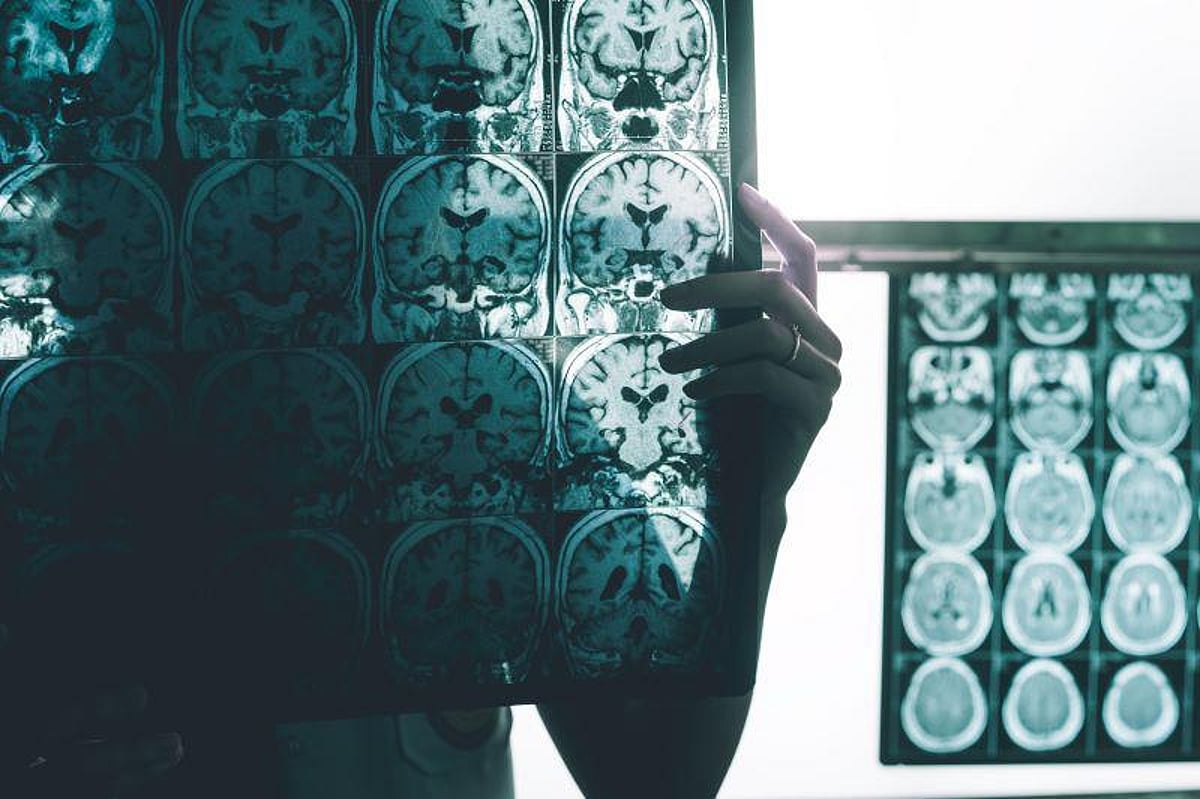Endovascular Therapy Aids Outcome of Basilar-Artery Occlusion

THURSDAY, Oct. 13, 2022 (HealthDay News) -- For patients with basilar-artery occlusion, a greater percentage with good functional status at 90 days is seen with endovascular thrombectomy within 12 hours after stroke, or within six and 24 hours after stroke onset, compared with medical therapy only, according to two studies published in the Oct. 13 issue of the New England Journal of Medicine.
Chunrong Tao, M.D., Ph.D., from the First Affiliated Hospital of the University of Science and Technology of China in Hefei, and colleagues conducted a multicenter, randomized trial of endovascular thrombectomy for basilar-artery occlusion at 36 centers in China. A total of 340 patients were randomly assigned to receive endovascular thrombectomy or best medical care within 12 hours after the estimated time of basilar-artery occlusion (226 and 114 patients, respectively). Intravenous thrombolysis was received by 31 and 34 percent of those in the thrombectomy and control groups, respectively. The researchers found that good functional status at 90 days occurred in 46 and 23 percent of patients in the thrombectomy and control groups, respectively (adjusted rate ratio, 2.06).
In a second study, Tudor G. Jovin, M.D., from Xuanwu Hospital in Beijing, and colleagues randomly assigned patients with basilar-artery stroke who presented between six and 24 hours after stroke onset to receive medical therapy plus thrombectomy or medical therapy only (110 and 107 patients, respectively). At a prespecified interim analysis, enrollment was halted due to the superiority of thrombectomy. Thrombolysis was used in 14 and 21 percent of patients in the thrombectomy and control groups. The researchers found that a modified Rankin scale score of 0 to 3 occurred in 46 and 24 percent of patients in the thrombectomy and control groups, respectively (adjusted rate ratio, 1.81).
"Endovascular therapy appears to be effective in patients with basilar-artery occlusion who have moderate-to-severe neurologic deficits and have limited early ischemic changes up to 24 hours after stroke onset," writes the author of an accompanying editorial.
Abstract/Full Text - Tao (subscription or payment may be required)
Abstract/Full Text - Jovin (subscription or payment may be required)
Editorial (subscription or payment may be required)
Related Posts
Un estudio no encuentra un vínculo entre el fútbol americano juvenil y problemas del cerebro o conductuales
LUNES, 3 de enero de 2022 (HealthDay News) -- Muchos padres luchan con la...
AHA News: Consecuencias de la inseguridad alimentaria para la salud a largo plazo
MIÉRCOLES, 22 de septiembre de 2021 (American Heart Association News) -- En...
Noninvasive Interventions Can Reduce Spine Pain Versus Usual Care
FRIDAY, Dec. 30, 2022 (HealthDay News) -- A multidisciplinary biopsychosocial...
Pandemic Disrupted Respiratory Syncytial Virus Season Timing
FRIDAY, April 7, 2023 (HealthDay News) – The typical timing of seasonal...
